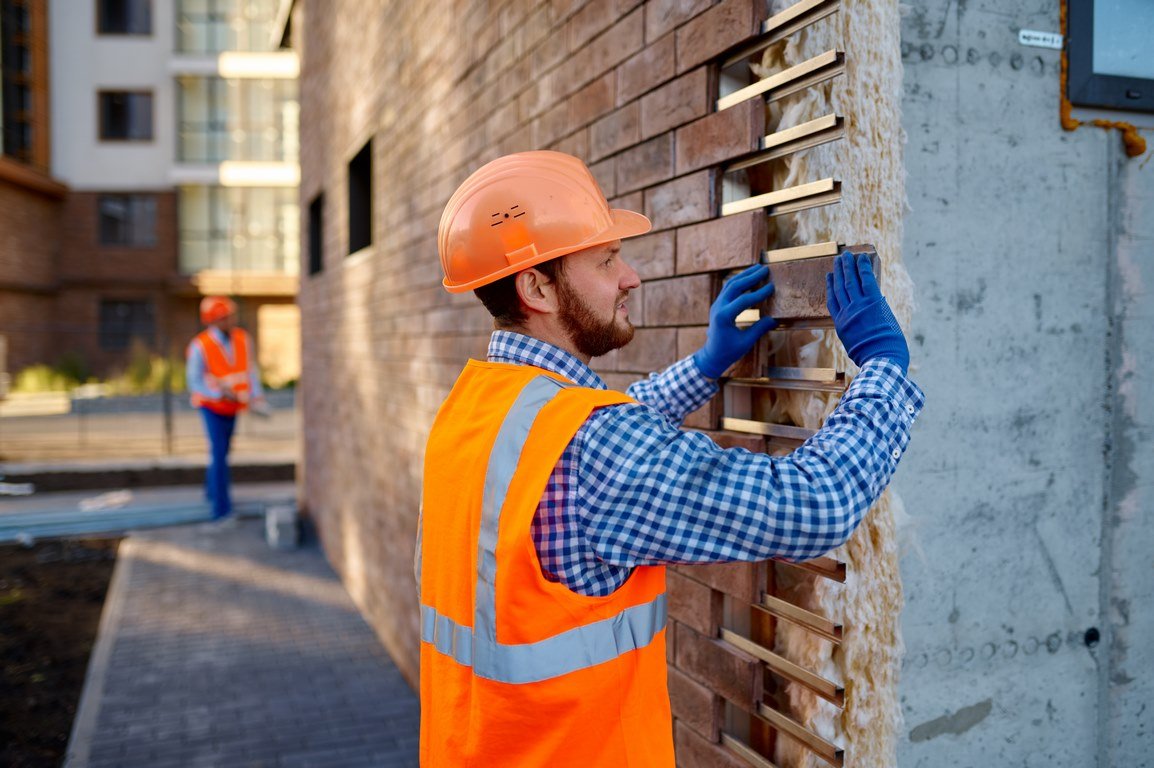Table of Contents Show
Innovation is said to be a concept and movement gaining traction in most industries- including the construction industry. Architects and other professionals are designing buildings with modern trends to eliminate the boredom of traditional architecture.
One of the innovations construction professionals are adopting is cladding. Cladding is a technique where contractors provide another layer of a given material over another. The aim is to provide protection, among other functions.

The building elements commonly adopting this technique are floors and walls. This post bases its discussion on wall cladding, specifically external wall cladding.
Each technique and innovation have its merits and demerits. Therefore, what are the pros and cons of external wall cladding? As a homeowner looking to adopt external wall cladding, the answer to the previous question will come in handy with your decision-making. Read on for valuable insights.
Pros of Using External Wall Cladding
Home designers believe that exterior wall cladding offers a number of benefits that property owners can enjoy. Some of them include:
It Provides Insulation
It’s said that most economies are growing, which is coming about with increased living costs. As a result, property owners aim to reduce expenses as much as possible to avail more funds to cater to their needs. One way they’re doing this is by reducing their energy bills.
For most homes and buildings, insulation is the aspect that contributes to high energy bills. You want to have comfortable temperatures indoors, to help you go about your activities without distraction. External wall cladding allows you to reduce the insulating appliances you need in your space.
As previously stated, external wall cladding adds a layer over your external walls. This layer prevents heat loss and gains through your walls. In most cases, there’ll be an air pocket between the wall and cladding, adding to the insulation properties.
You won’t need to invest in a heating, ventilation, and air conditioning (HVAC) unit with insulated wall systems. Even if you do, you won’t go for a high-rated one, which is expensive since you’ll only need to supplement your cladding’s insulation.
Read Also:
It Helps With The House’s Aesthetics
Aesthetics plays an important role in construction. Besides being attractive to the eye, it tends to increase the value of your home. External wall cladding gives you the opportunity to add to your building’s beauty. How?
External wall cladding is broad; it comes in various shapes, designs, textures, colors, and others. Therefore, there’s something for everyone. You can take advantage of external wall cladding by bringing your indoor design outdoors.
If you’ve adopted Aluminum finishes indoors, adopt Aluminum external wall cladding. Alternatively, you can let your external walls have their own character by adopting a unique design, different from the other designs in your building. You can also play around with colors to tap into your inner childhood.
Exterior Cladding Gives Protection
In the absence of external wall cladding, your external walls tend to deteriorate faster. Depending on the material, you might experience rotting, rusting, or chipping, which can interfere with your building’s structural integrity.
Nonetheless, adopting external wall cladding changes the narrative. It provides a layer of protection over your external walls. Your walls won’t be directly exposed to harsh external conditions, adding to their longevity. This reduces your need for frequent exterior remodeling and renovations.
Cons of Utilizing External Wall Cladding
External wall cladding is considered a wonder in the construction world. Nevertheless, employing it also comes with certain drawbacks. Some of them are:
Installation is Expensive
Although cheaper, in the long run, external wall cladding is expensive initially. The cladding material itself isn’t cheap, and what adds to this expense is that you have to cover the entire surface of your building. This adds to the square footage, making it expensive.
In most cases, installation is also costly, with the technique being relatively new in the industry. The cost also depends on the cladding material you’ll use and the design of your building.
The more complex the shape, the more you’ll pay for installation. With the material, some require special attention to prevent damage, adding to the complexity of the process.
Putting Up Wall Cladding is Time Consuming
Time is of the essence in construction. Assume you’re to add external wall cladding to your construction project once you’re done. It means you’ll have to extend your project time duration – a less than ideal scenario.
Additionally, assume your building’s design is unique and has several shapes and corners. The installation team will take more time to ensure they deliver quality results. Although advantageous to the final product, it prolongs your overall project completion time.
Conclusion
External wall cladding is an innovation you should consider adopting. The discussion above shows how you stand to benefit from this installation.
But before you avail yourself of external wall cladding services, it’s also important to be conscious of the disadvantages of this installation. Information about them is also mentioned above.
It’s recommended that you comprehend wall cladding’s merits and demerits and consider your needs before coming up with an informed decision.










